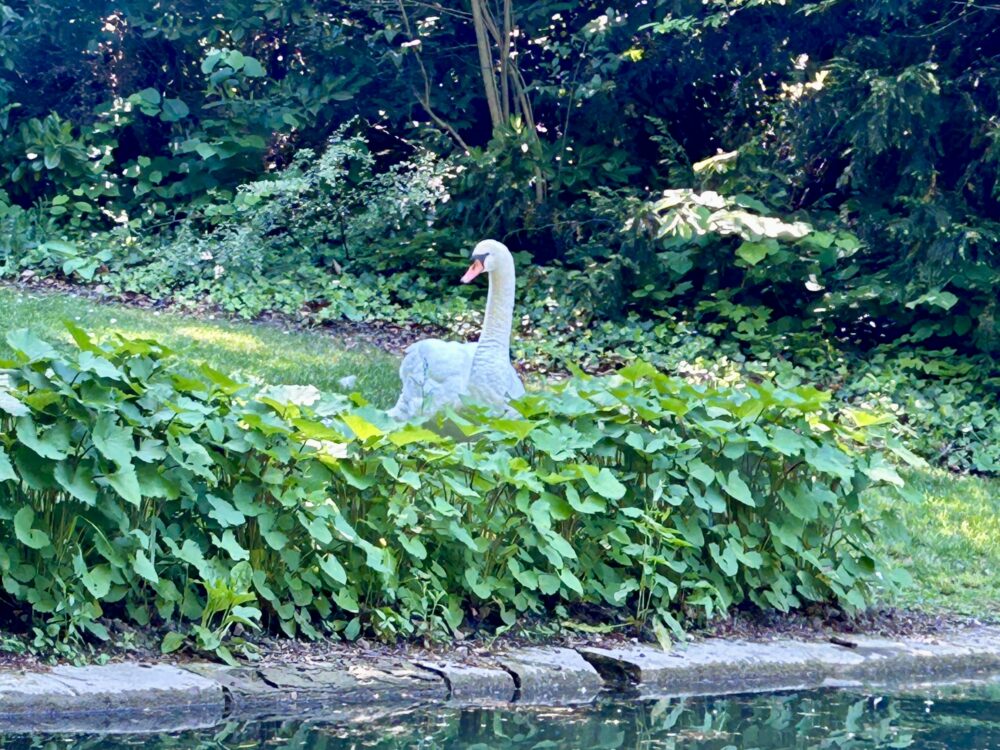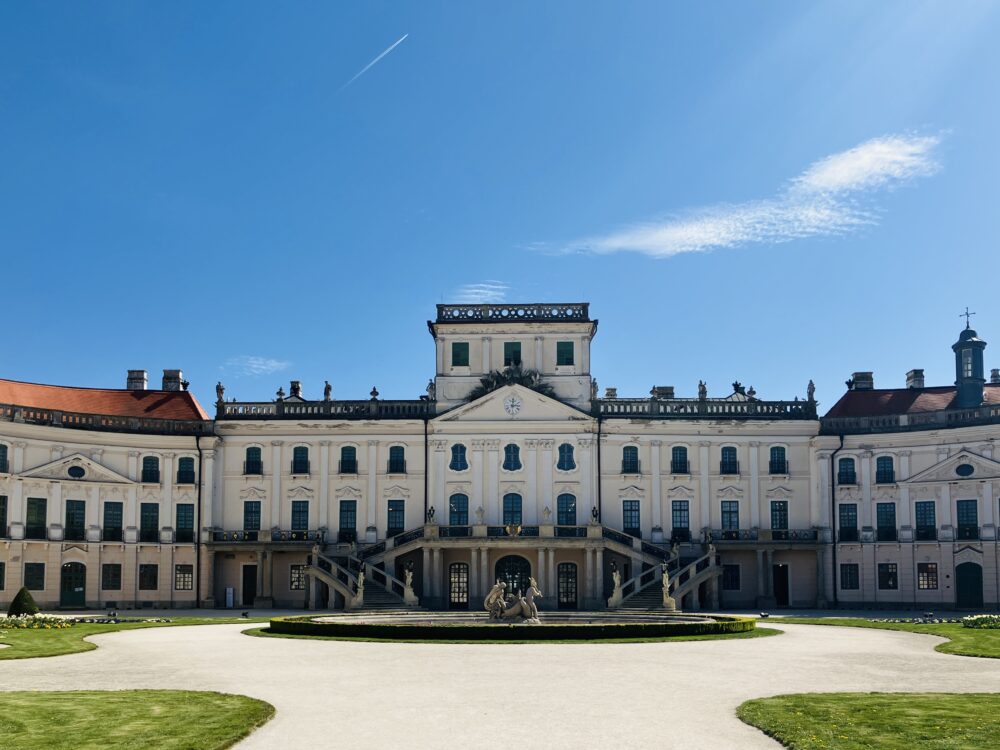Early Life and Background
Friedrich Wilhelm Heinrich Alexander von Humboldt was born on 14 September 1769 in Berlin, Germany. His insatiable curiosity and keen intellect led him to pursue studies in various scientific disciplines, including physics, chemistry, geology, mineralogy, botany, and zoology. Humboldt’s interdisciplinary approach laid the foundation for his remarkable contributions to modern science.
Scientific Expeditions and Contributions
Humboldt’s explorations spanned Europe, Asia, and the Americas. His scientific field studies covered a wide range of subjects such as climatology, oceanography, and astronomy. During his travels, he meticulously documented his observations, contributing significantly to our understanding of natural phenomena. Humboldt is credited with introducing the concept of isotherms, which are lines on a map connecting points with the same temperature. His comprehensive observations on plant and animal distribution led to the development of the field of biogeography.
Legacy and Impact
Humboldt’s work laid the groundwork for future scientific research and inspired many subsequent explorers and scientists. His magnum opus, “Kosmos,” attempted to unify the diverse branches of scientific knowledge into a cohesive whole. Humboldt’s interdisciplinary approach emphasised the interconnectedness of nature, a concept that remains foundational in environmental science today. His contributions to geography, meteorology, and the understanding of volcanic activity and magnetism have left an enduring legacy.
The art gallery of Drachenburg Castle near Bonn houses a glass bust of Alexander von Humboldt, serving as a tribute to his extraordinary life and work. Humboldt’s influence extends far beyond his lifetime, continuing to inspire scientists and explorers worldwide.
#AlexanderVonHumboldt #ScientificExploration #NaturalHistory #HumboldtLegacy #DrachenburgCastle













